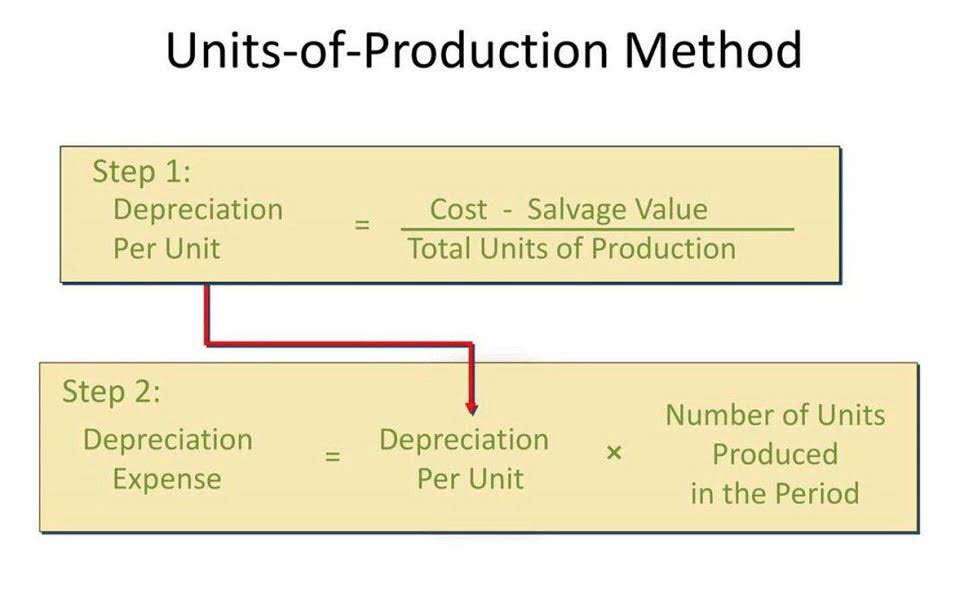
Financing activities in nonprofit organizations involve transactions that affect the long-term liabilities and equity of the organization. These activities typically include receiving donations that are restricted for long-term purposes, obtaining loans or mortgages, issuing bonds (if applicable), and creating or increasing endowments. Unlike operating activities that deal with the day-to-day funding of nonprofit operations, financing activities are focused on securing the funds necessary for the nonprofit’s long-term financial health and stability.
Tips for Managing Financing Activities
This financial statement reports the amounts of assets, liabilities, and net assets as of a specified date. Understanding these differences is crucial for stakeholders in both sectors to accurately interpret the financial health and operational effectiveness of an organization. For nonprofit leaders and financial managers, recognizing how these activities impact cash flow is key to maintaining fiscal responsibility and achieving long-term sustainability. Cash flow statements help users of your financials understand how you receive and use your cash.
Resources
Nonprofits may engage in investing activities to generate income or to support their mission. For example, a nonprofit may invest in stocks or bonds to earn dividends or interest that can be used to fund programs and services. It’s important for nonprofits to carefully https://www.bookstime.com/ manage their investing activities to ensure they align with their financial goals and risk tolerance.

Key Financial Ratios for Nonprofits
- These audits verify the accuracy of financial statements and ensure that the organization is following appropriate accounting practices, thereby minimizing the risk of financial mismanagement or fraud.
- This section provides insight into how a business finances its operations and growth, including how it balances debt and equity to optimize its financial structure and shareholder value.
- Distributions from them are categorized as cash outflows from investing activities or operating activities, depending on whether you spend them on assets or programs.
- It breaks down all of your nonprofit’s transactions into the categories of operating, investing, and financing activities.
Once you have a completed statement of cash flows for your nonprofit, it’s time to analyze it and draw conclusions that your organization can leverage for better financial management in the future. By carefully analyzing financing activities, nonprofit nonprofit statement of cash flows leaders can determine the effectiveness of their fundraising efforts and debt management strategies. This insight is invaluable for ensuring long-term viability and for communicating financial health and strategy to board members, donors, and other stakeholders.
Why are Nonprofit Financial Statements Important?

They determine how financial transactions are recorded, reported, and disclosed, and they provide stakeholders with valuable information about the organization’s financial health and performance. It is also important for nonprofit organizations to regularly review and update their accounting policies to adapt to changes in the regulatory environment and industry practices. This ensures that the organization’s financial statements remain relevant and compliant with the latest standards and regulations. They represent the costs incurred by the organization in carrying out its activities and fulfilling its mission. It is essential bookkeeping for nonprofits to track and categorize their expenses accurately to ensure transparency and accountability. These are key indicators of the organization’s financial health and its ability to manage its obligations.

